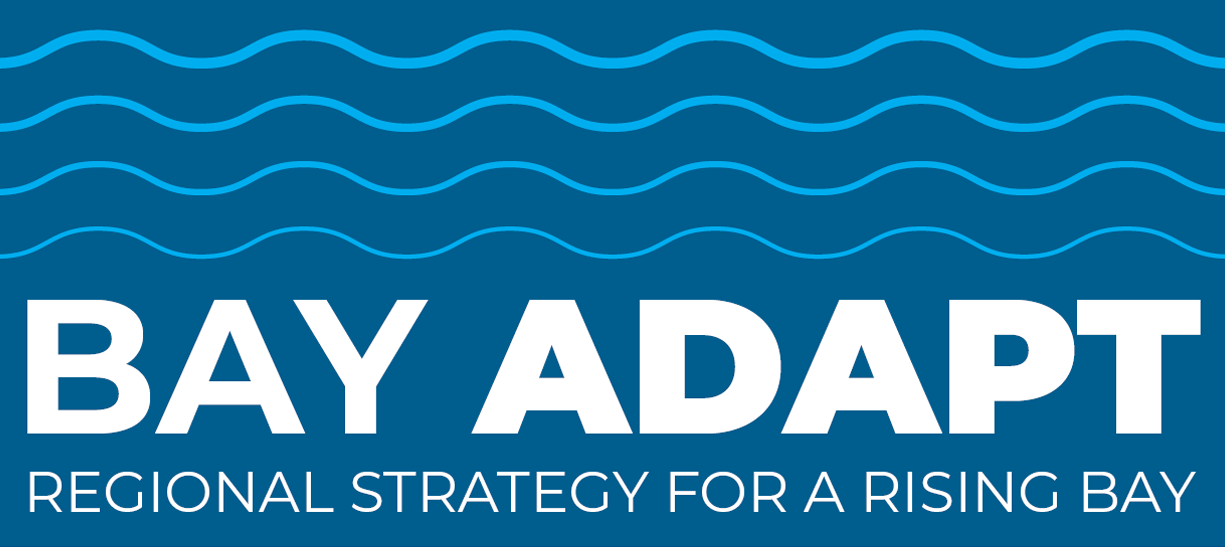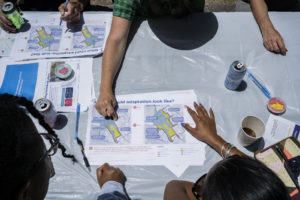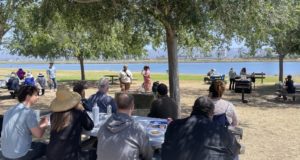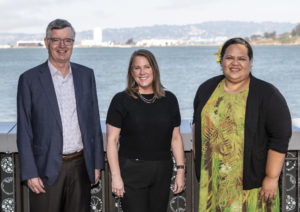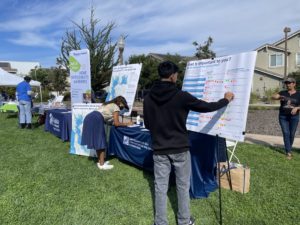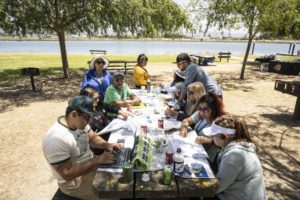
A Year In, the Impact of the Regional Shoreline Adaptation Plan in the Bay Area
December 5 marks the first anniversary of the Regional Shoreline Adaptation Plan (RSAP), unanimously adopted by the San Francisco Bay Conservation and Development Commission (BCDC) to help local Bay Area
